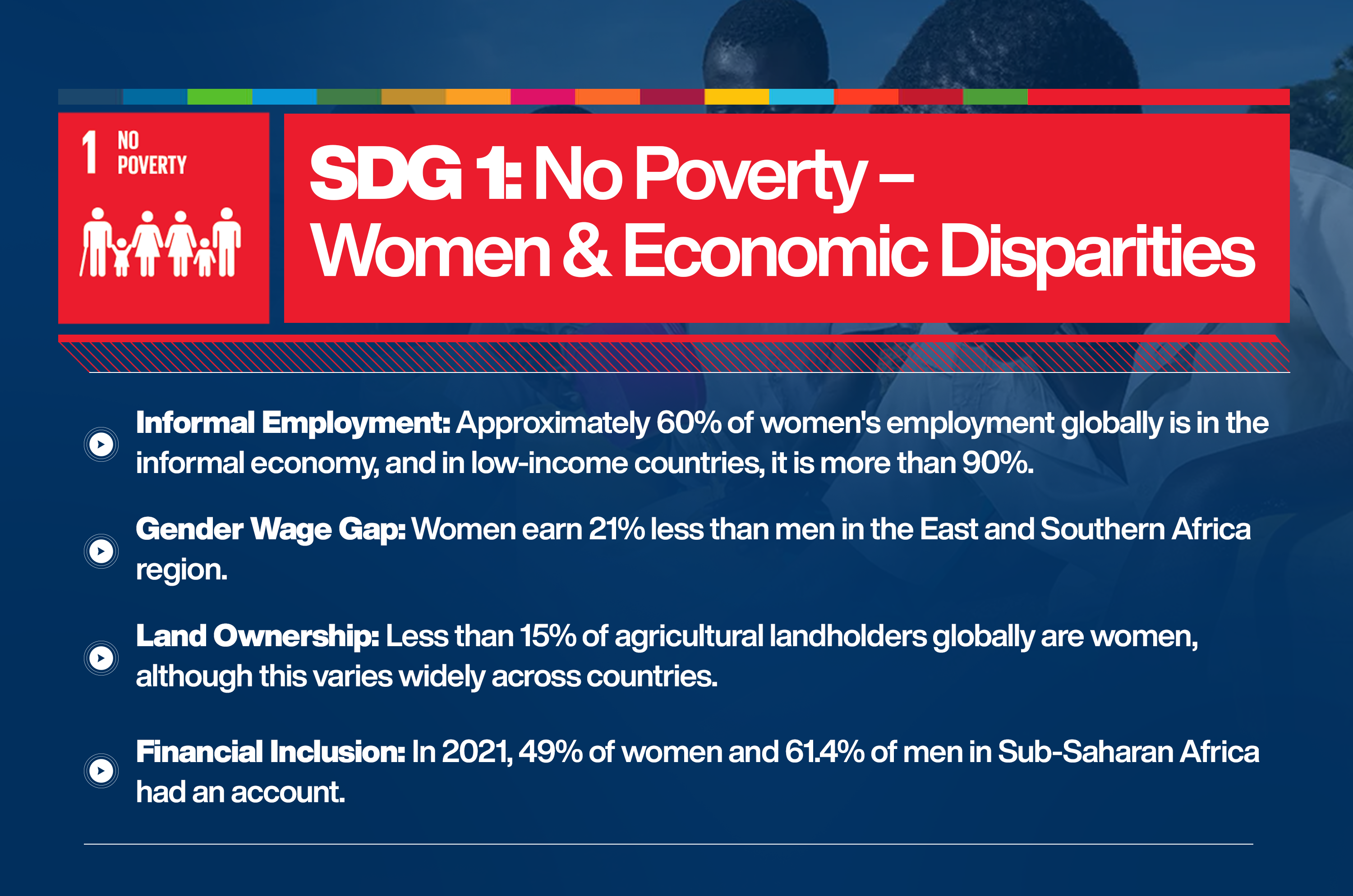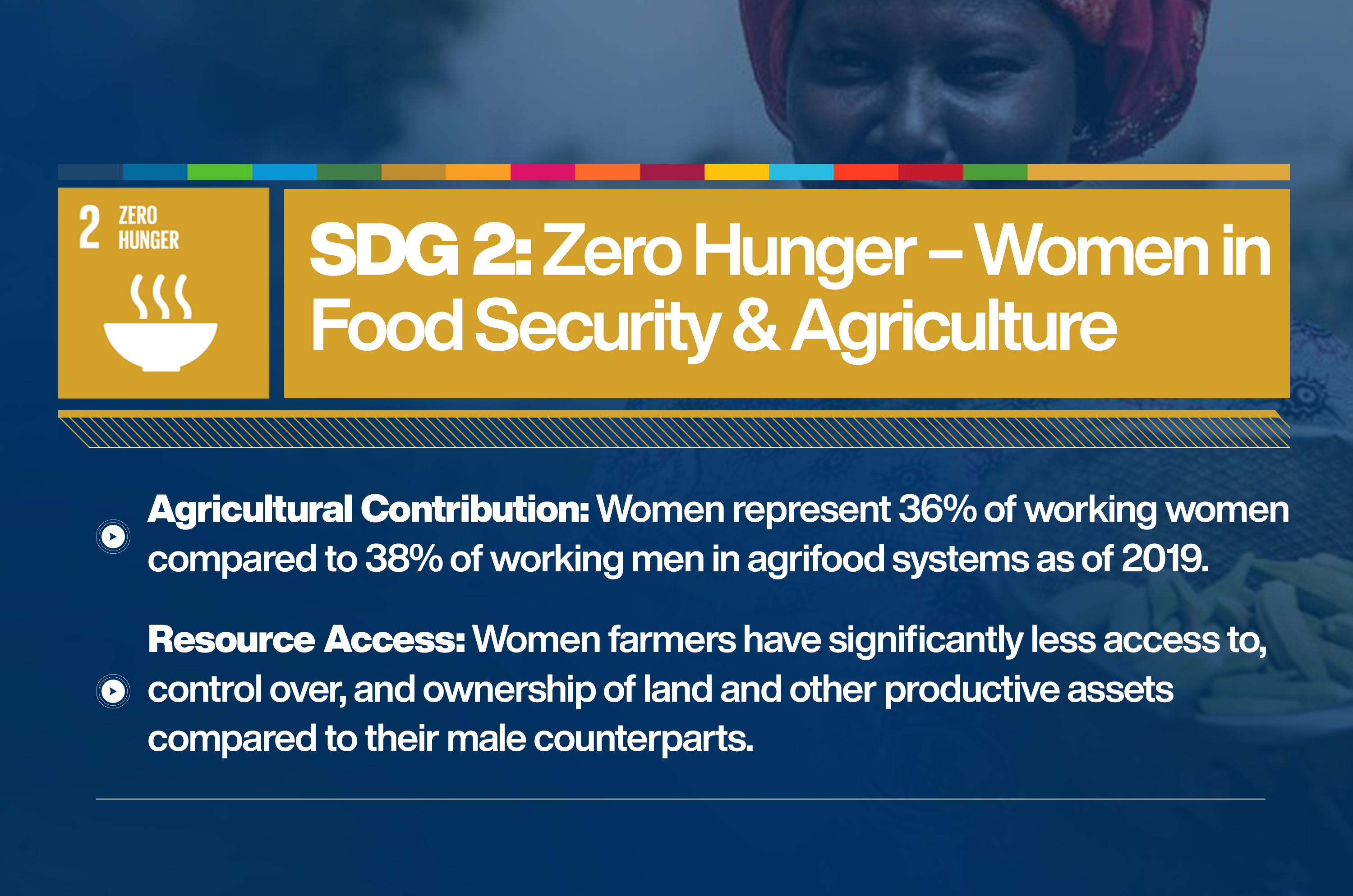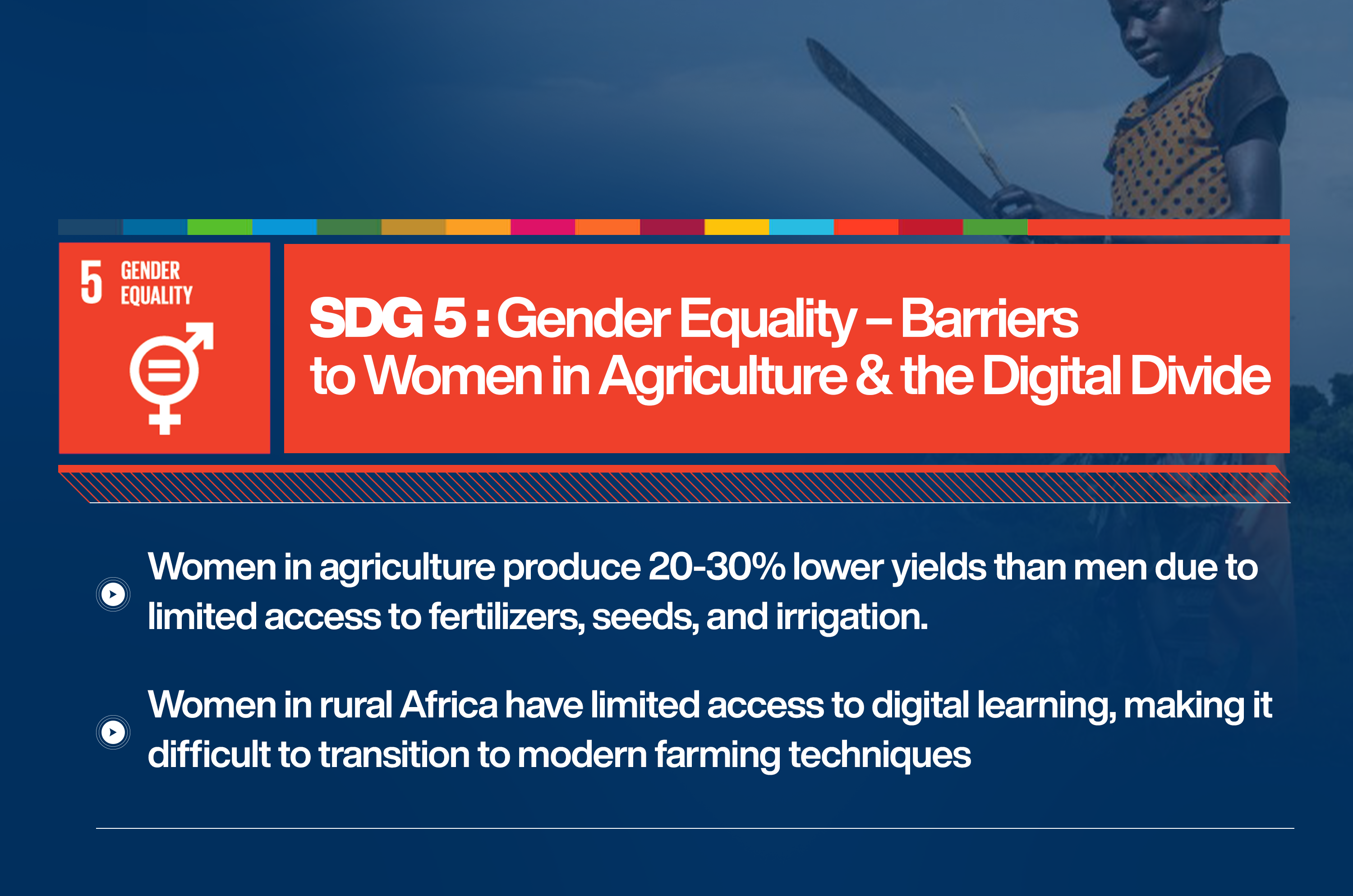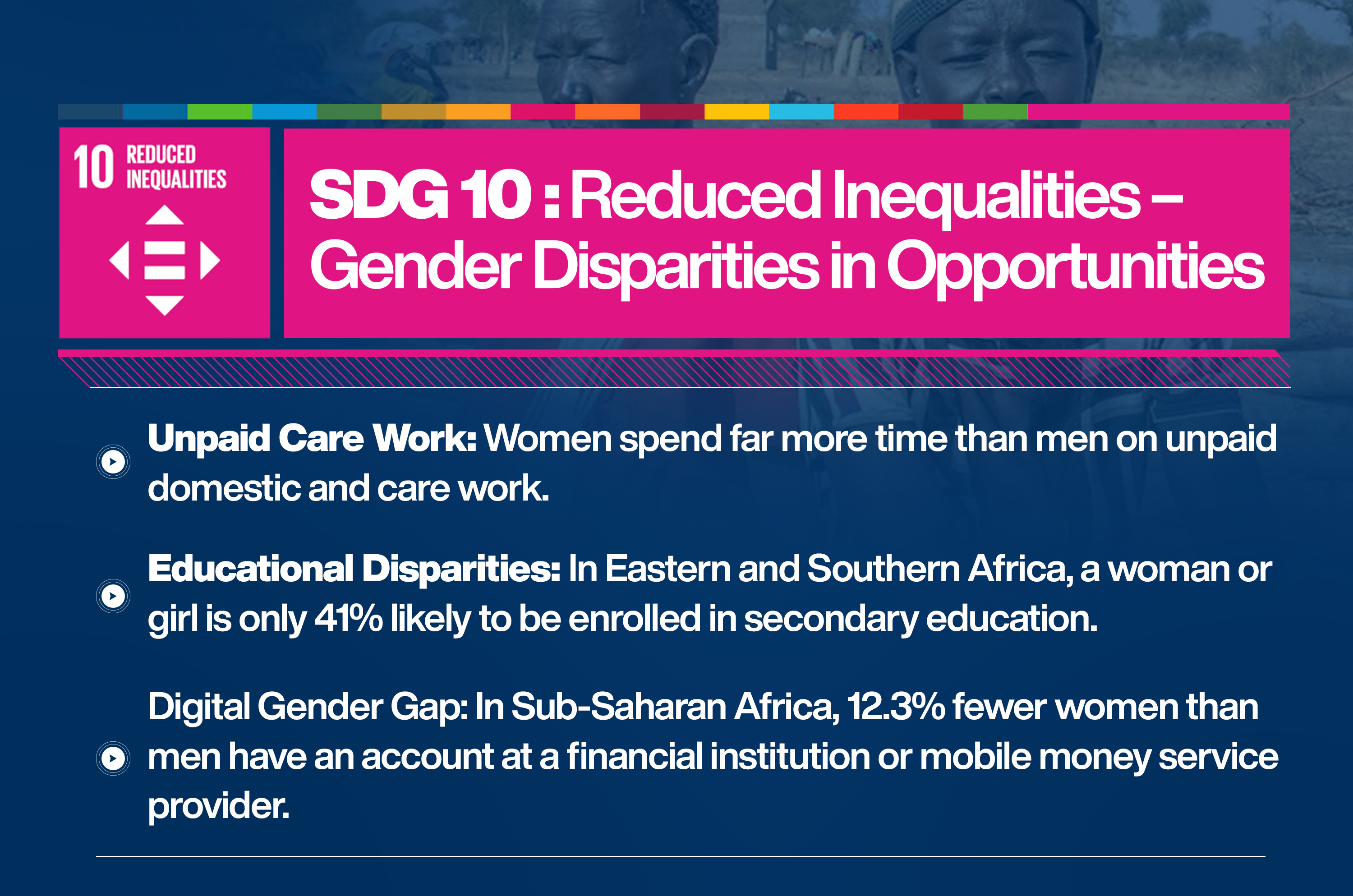As we commemorate International Women’s Day 2025, we are called not only to celebrate the achievements of women but to confront the persistent inequalities they face — especially in Africa. This year’s theme, #AccelerateAction urges us to go beyond dialogue and step into bold, measurable change. At Brastorne, our work sits at the intersection of technology, gender equity, and inclusion, where we aim to dismantle the barriers keeping women disconnected, unsupported, and unheard. These barriers are most visible across key development goals, particularly SDG 1 (No Poverty), SDG 2 (Zero Hunger), SDG 5 (Gender Equality), and SDG 10 (Reduced Inequalities).
Women and Economic Disparities

Across Africa, poverty has a woman’s face. Women are disproportionately represented in informal employment — making up nearly 90% of the informal workforce in some low-income regions. This sector, while crucial for survival, often lacks social protection, benefits, or economic stability. Women also face a significant wage gap, earning roughly 21% less than their male counterparts in the same roles. While women are the primary caregivers and contributors to household income, they often do so without equal access to land, credit, or technology. In fact, less than 15% of landowners globally are women, despite women being at the heart of rural and agricultural economies.
Efforts toward poverty eradication must recognize the structural disadvantages women face in accessing and controlling productive resources. Financial inclusion remains uneven, with women in sub-Saharan Africa less likely to own a bank account, participate in formal savings groups, or access affordable credit. When poverty intersects with gender, it compounds vulnerabilities — leaving women with fewer safety nets during crises, a reduced ability to invest in their children’s futures, and limited capacity to build long-term resilience. Without targeted solutions and interventions that prioritize women’s economic empowerment, the global fight to end poverty will remain incomplete.
Women in Food Security & Agriculture

Women are the invisible engines of Africa’s food systems. They produce up to 80% of food in many African countries, yet they own only a fraction of the land they cultivate and receive minimal support from agricultural extension systems.
Addressing food insecurity requires a gender-responsive approach. Women farmers are often excluded from agricultural training, rural financing, and cooperative leadership — even when they shoulder the majority of farming responsibilities. Climate change further exacerbates these inequalities, as women have less access to climate-resilient resources and technology. Despite their critical role in food systems, their voices are underrepresented in decision-making spaces that determine policies around land reform, agricultural subsidies, and food distribution. Ensuring food security must begin with investing in women — not just as producers but as leaders in shaping resilient, inclusive food systems.
Barriers to Women in Agriculture & the Digital Divide

While the digital revolution is reshaping economies and societies, it is not reaching everyone equally. In Africa, the digital divide is gendered — with women significantly less likely than men to own a phone, access the internet, or have the digital skills required to participate in a modern economy. The cost of this divide is immense. Without access to mobile technology and digital learning, women remain excluded from everything from health information to mobile banking to online education and job markets. When women lack access to inputs like fertilizers, irrigation, and improved seeds, their yields are 20–30% lower than those of men — not because they work less, but because the system is stacked against them.
Gender equality cannot be realized without addressing digital access. Women’s participation in technology is hindered by multiple layers of inequality — from affordability and device access to restrictive social norms that discourage female ownership of phones or engagement in digital spaces. This lack of access translates into reduced opportunities for learning, income generation, and civic participation. Moreover, the absence of women from the digital space means that their needs and voices are not reflected in the design of technological solutions. Closing the digital gender gap is essential to achieving equality, inclusion, and agency for all.
Gender Disparities in Opportunities

Gender inequality is compounded by structural inequities in education, finance, time use, and political participation. Women in sub-Saharan Africa spend three times as much time as men on unpaid care work — from cooking and cleaning to fetching water and caring for children. These responsibilities limit their time for paid work, education, and entrepreneurship. Moreover, only 41% of girls in Eastern and Southern Africa are likely to enroll in secondary school, affecting their lifelong earnings and leadership potential. Even in financial services, women remain underserved — 12.3% fewer women than men in sub-Saharan Africa have access to a financial institution or mobile money service.
Reducing inequality requires inclusive solutions that recognize the unique barriers women face. Social and economic inequalities — based on gender, geography, age, or income — often intersect, creating deep divides in access to resources and opportunities. For example, rural women are not only less likely to have access to infrastructure and public services, but also face compounded discrimination due to poverty and limited mobility. To achieve social inclusion and equitable development, governments, non-governmental organizations and private institutions must prioritize marginalized women, ensuring their needs are reflected in national development agendas, data systems, and public investments.
Working Toward Inclusive Solutions
The challenges women face across poverty, food insecurity, digital exclusion, and systemic inequality are deeply rooted and interconnected. These are not issues that can be resolved in isolation or through surface-level solutions. They require coordinated efforts, bold investments, and a commitment to cross-sector partnerships — between governments, private sector players, development agencies, civil society, and communities themselves.
To drive real, lasting impact, we must center women in our strategies, not as beneficiaries, but as leaders and co-creators of change. This includes rethinking how we design technology, how we deliver services, and how we measure success — through the lens of equity and inclusion.
Brastorne has long understood this and we have seen firsthand the power of this approach, by using simple technologies like USSD, SMS, and voice, we have connected 5 million underserved Africans, over 60% of them women, to agriculture and community.

